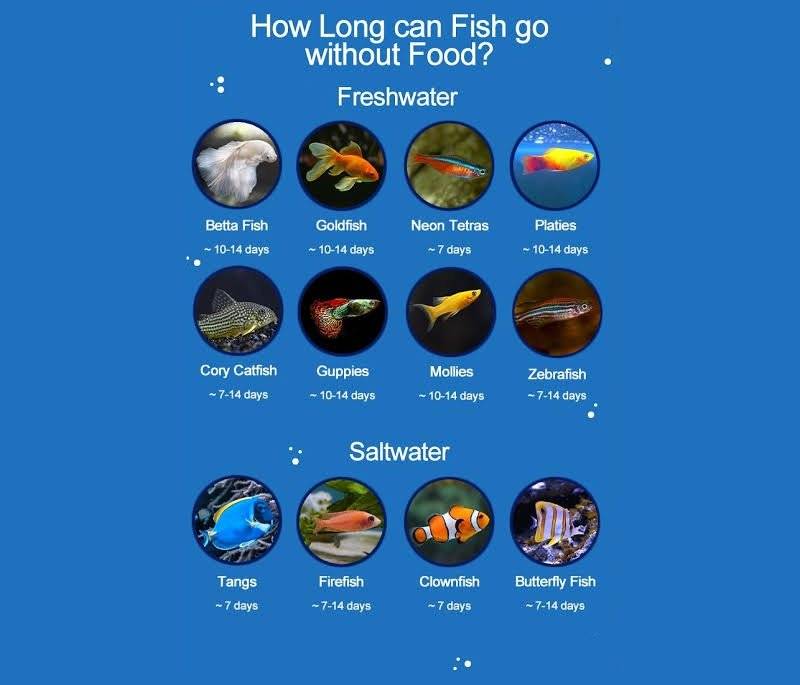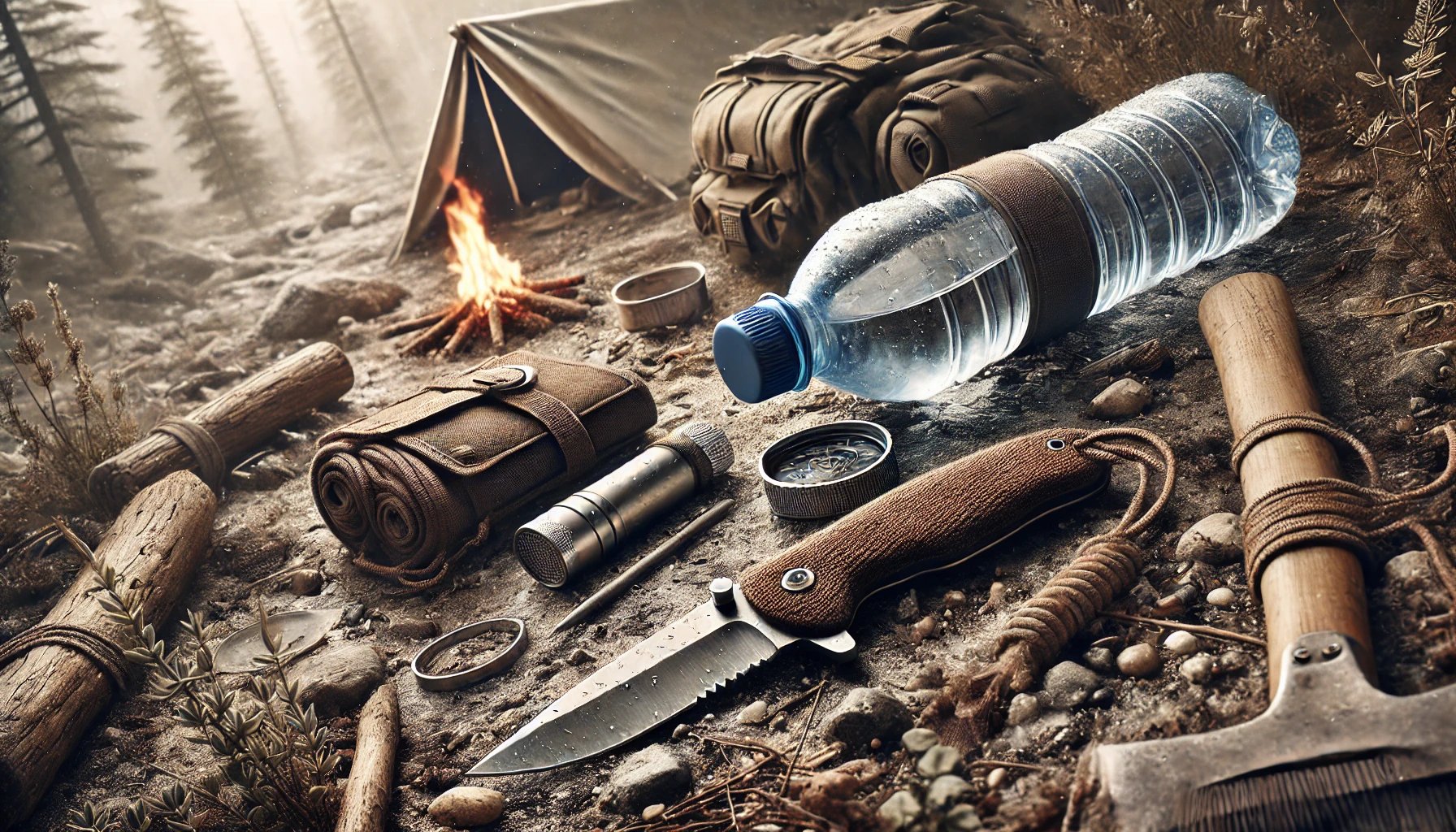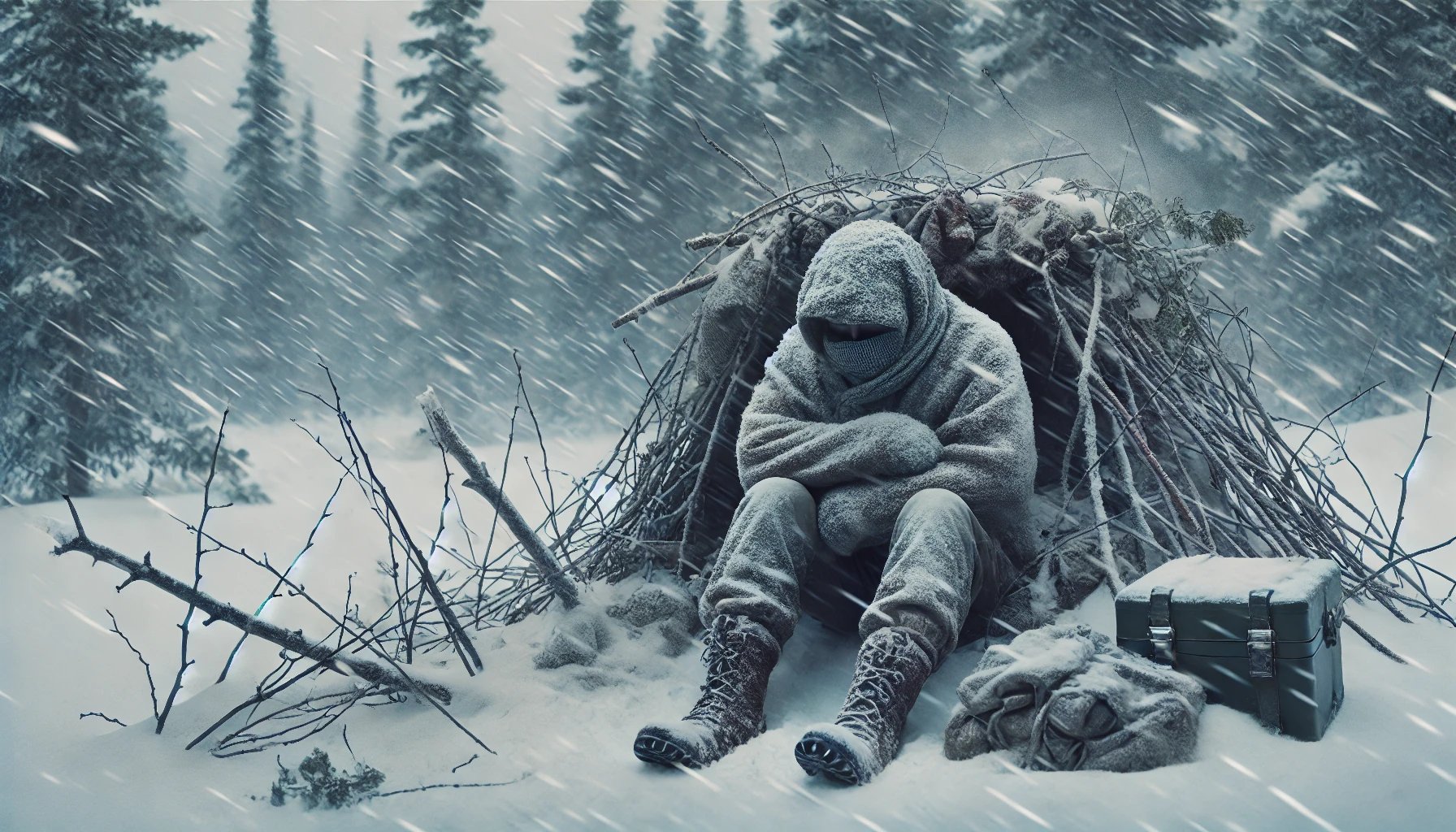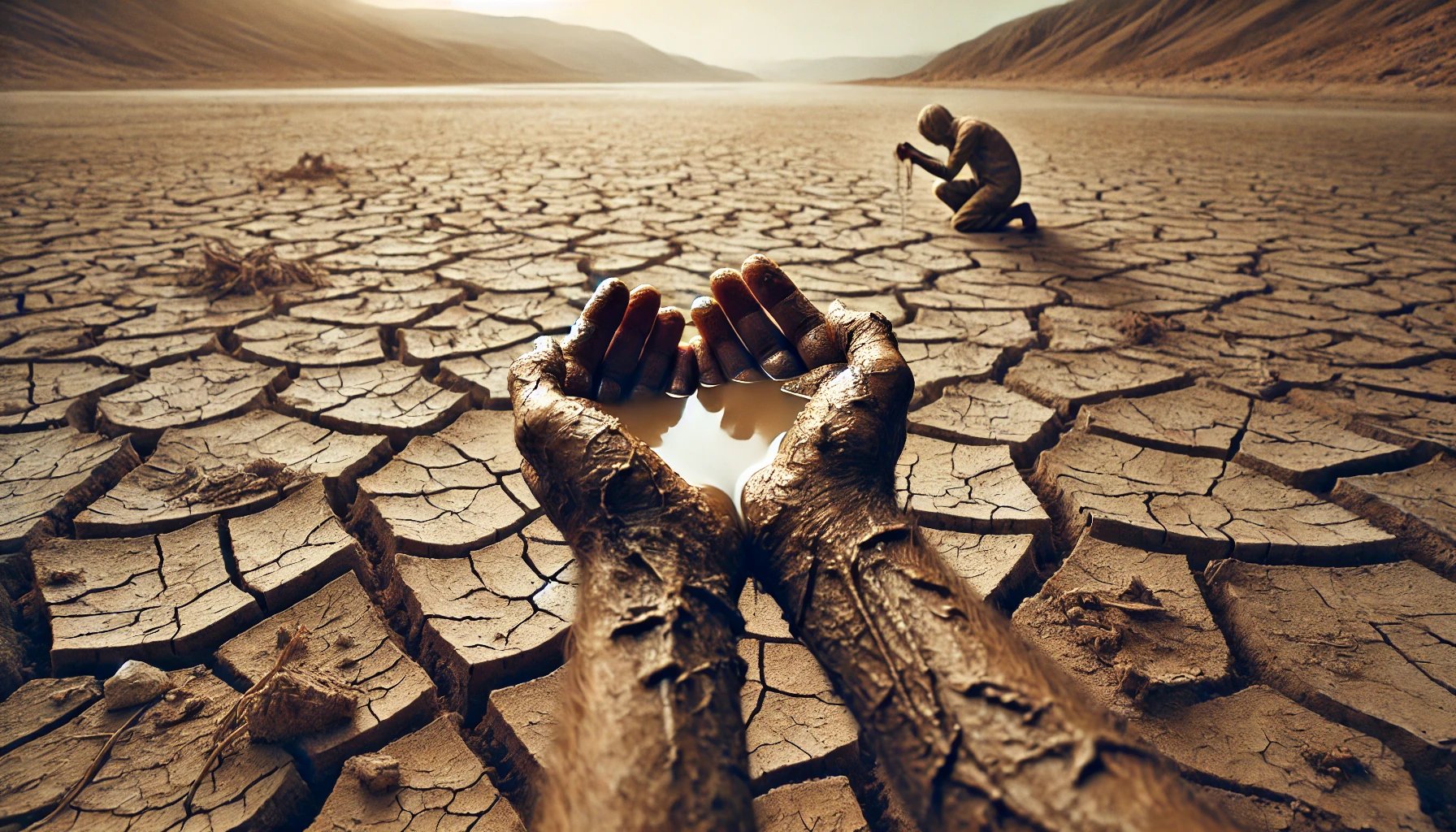
How Long Can Fish Survive Without Food?
Worried about leaving your fish without food while you’re on vacation or dealing with a busy schedule? You're not alone
Aug 23, 2024 | by N Johansson

Survival situations are unpredictable, and in the face of nature’s challenges, preparation and knowledge are crucial. One of the most fundamental principles that every survivalist should understand is the “Rule of Threes.” This rule provides a simple yet powerful framework to prioritize actions in life-threatening situations. In this article, we’ll dive deep into the Rule of Threes, exploring its components and practical applications to help you stay alive in the wild.
The Rule of Threes is a survival guideline that outlines the basic timeframes within which the human body can survive without essential needs. It serves as a mental checklist to help prioritize survival efforts, ensuring you address the most immediate threats to your life first.
The Rule of Threes states that:
Understanding and applying the Rule of Threes is vital in any survival scenario, as it helps prevent panic and ensures that critical needs are met first.
Air is the most immediate requirement for life. Depriving your body of oxygen for even a few minutes can lead to irreversible damage or death. This part of the Rule of Threes highlights the importance of maintaining a clear airway and avoiding situations that compromise your ability to breathe.

In extreme weather conditions, shelter is your next priority. Exposure to harsh elements such as cold, heat, or rain can quickly lead to life-threatening conditions like hypothermia, hyperthermia, or dehydration.

Water is essential for maintaining bodily functions, and dehydration can set in quickly, impairing your ability to think and function. Finding a reliable source of clean water should be a top priority in any survival situation.

While the human body can survive without food for up to three weeks, energy levels will decrease, making it harder to perform necessary survival tasks. Thus, finding food becomes important as days progress, although it is less immediate than air, shelter, and water.

Worried about leaving your fish without food while you’re on vacation or dealing with a busy schedule? You're not alone
To see the Rule of Threes in action, consider a scenario where you find yourself stranded in the wilderness after a sudden vehicle breakdown. It’s midday in the summer, and temperatures are soaring. The first thing you do is seek shade to avoid heatstroke, addressing the “three hours without shelter” rule. As evening approaches, you locate a nearby stream, ensuring you have access to water, and you start gathering materials to make a simple shelter for the night.
By prioritizing your needs according to the Rule of Threes, you increase your chances of survival. There are countless examples of survival stories where individuals who understood and applied this rule made it through harrowing situations.
The Rule of Threes is a fundamental survival guideline that every prepper should internalize. It provides a clear, simple framework for making life-saving decisions in high-pressure situations. However, it’s important to remember that survival is as much about adaptability as it is about following rules. While the Rule of Threes offers a reliable structure, every situation is unique, and being flexible and resourceful is key to overcoming challenges.
By keeping the Rule of Threes in mind, you can prioritize your actions effectively, ensuring that you address the most immediate threats to your survival first. Whether you’re an experienced prepper or new to the world of survival, this rule is an invaluable tool in your preparedness arsenal.
Have you ever been in a situation where the Rule of Threes helped you stay alive? Or do you have additional tips to share about survival priorities? We’d love to hear from you! Share your experiences and insights with us here or on social media and help others learn from your knowledge.
Stay prepared, stay safe, and remember—the Rule of Threes could save your life.